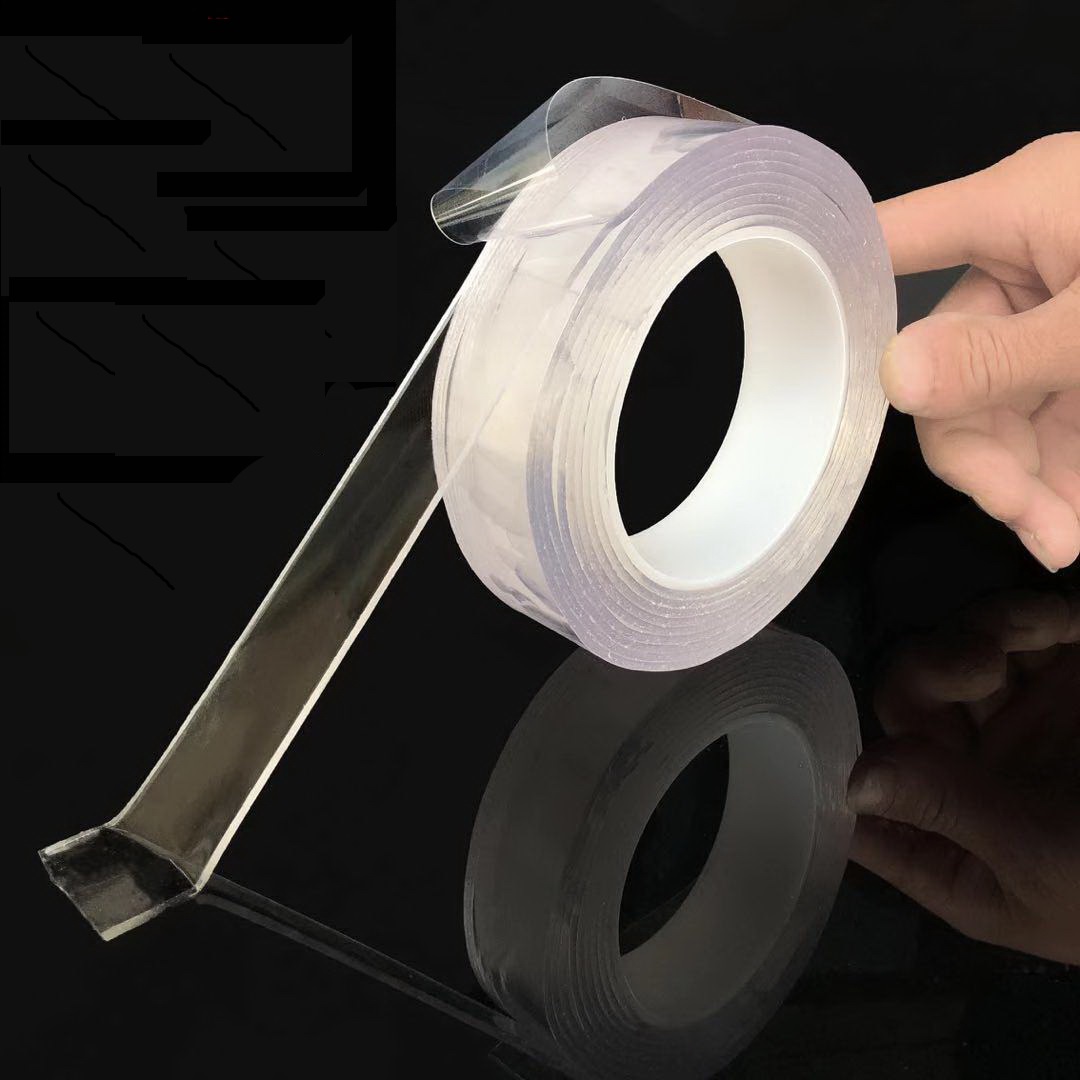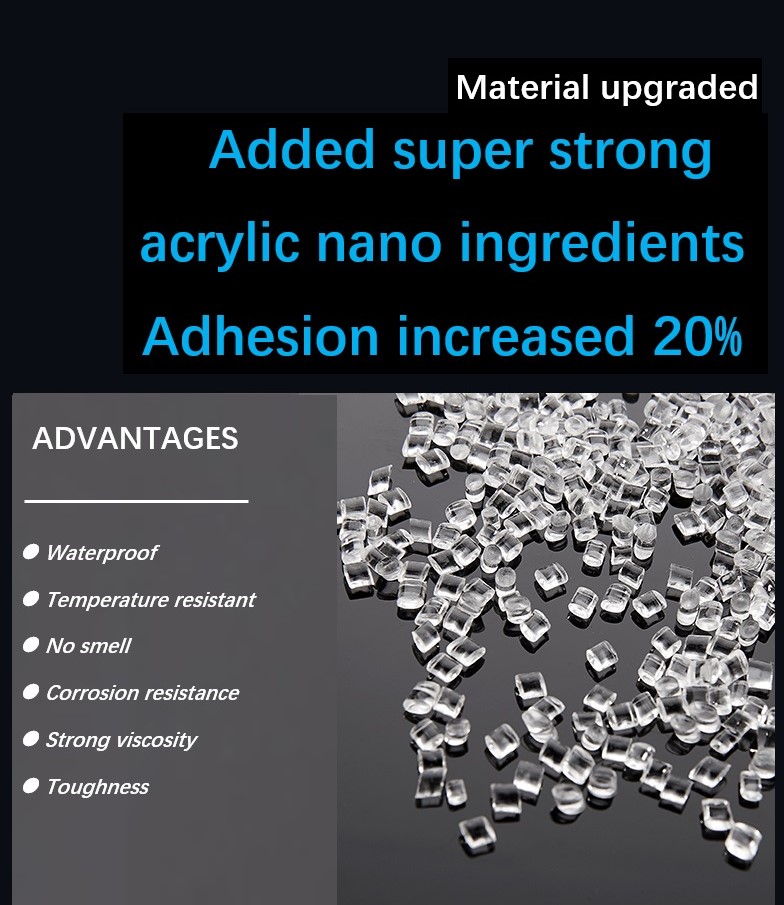Most of the forage grass fed to the farm in spring are stored in the previous year. Due to the long storage time of the forage, if the forage is not properly kept during storage, especially some farms are stored in the open forage, if they are exposed to rain and snow. Afterwards, the parasitizing fungi in the forage grasshopper will grow in large numbers, mainly including Aspergillus flavus, Fusarium, Gibberella, etc. (The Aspergillus flavus, Fusarium, Gibberella, etc. may be parasitized on rice straw, wheat straw, and peanuts. In the forage and other forage species, the mycotoxins they produce often cause moldy and spoilage of the forage. For example, after the spring cows have eaten these forages that have become moldy and contain mycotoxins, mold forage poisoning is very likely to occur.
Because mycotoxins mainly act on the body's peripheral blood vessels, bovine forage forage poisoning can make the body's local angiogenesis spasmodic contraction, resulting in thickening of the blood vessel wall, narrow lumen, causing slow blood flow and thrombosis, bovine mildew After forage poisoning, local (mainly limbs and hooves) edema, hemorrhage and muscle deformation and necrosis will occur. If secondary bacterial infection occurs, the condition will be further deteriorated. In severe cases, the cow's ball joints will rot below. Therefore, the general incidence of moldy forage poisoning in cattle is usually sudden, the cow has a stiff gait. If you observe carefully, you will find that the cow's hoof crown is slightly swollen, and the skin of the recess has transverse cracks, which are slightly hot, and the affected cow feels pain when touching. After a few days, the swollen part will spread to the wrist or ankle, and it is difficult for a cow to walk. Subsequently, the skin in the swollen area became cooler and the surface appeared yellowish transparent liquid. If it continues to develop, the swelling of the skin at the site of swelling will lead to bleeding, suppuration and necrosis, resulting in long-term wound healing and unpleasant odor. Severe persons may also cause the hoof to fall off, and some of the affected cows may have dry necrosis at the tip and tip of the tail. The skin is hard and dark black.
The fundamental measure to prevent bovine mildew poisoning in the spring is to prohibit the use of mildew forage to feed cattle. After the farm households dry the forages fed with cattle, they should promptly store the forages in Gaozao and do a good job of preventing wind and rain. When adopting grass forage to feed cattle, attention should be paid to checking the quality of forages. If slight mildew is found in forages, they should be promptly treated with mildew. After repeated forcing, the forages can be repeatedly beaten. Remove mildew, mild mildew can be treated with alkaline water (1.5% sodium hydroxide or grass gray water, etc.) or repeatedly soaked with water until the treatment solution is clear and colorless, can be used to feed cattle If forage grasses are found to be rotten, the forages should be discarded as soon as possible and cannot be used to feed cows. At the same time, the farm households should pay attention to the dynamics of the herd when they feed the herd in the spring. For example, if some cattle are found to have limbs, edema, bleeding and other lesions, they should be carefully examined and diagnosed. When it belongs to the symptoms of moldy forage poisoning, the forage should be replaced in time, and when the cattle are fed with high-quality green hay, the cattle should be supplemented with green and juicy feed such as sprouted feed, cabbage, radish, and carrots in a timely manner so as to facilitate Cows supplement vitamins and increase the appetite of cattle, relieve the symptoms of poisoning in cattle.
Cows that have developed symptoms of poisoning should take timely measures to improve their feeding and management. In the early stages of the disease, in order to promote local blood circulation, it is possible to massage the affected limbs of the affected cows. Usually, massage twice a day for 3 times - about 30 minutes each time, or with 20 grams of white pepper. -30 grams mixed with 200 ml -300 ml of white liquor, once to the affected cows orally; for the skin of cows with ulceration, should be promptly with 0.1% benzalkonium bromide solution to wash the wound, and sprinkle the topical use of sulfonamides on the wound, can also be used in conjunction Antimicrobial drugs for treatment; In order to promote the granulation tissue and epithelial tissue proliferation of the affected area and accelerate the sore mouth healing, the affected area can be coated with erythromycin ointment, applied once a day - 2 times; for severe diseased cattle, should be combined with intravenous 5% Glucose injection 1000 ml - 2000 ml and 10% vitamin C injection 20 ml - 40 ml, at the same time and pay attention to prevent secondary infection in cattle.
Nano tape
Jerry tape`s Nano tape adopted New nanotechnology, also called magic tape. It has super strong adhesion, No residue, can be washed and reused.

1. Material of Jerry tape's nano tape
Our nano tape adopted New nanotechnology, Added super strong acrylic nano ingredients ,Adhesion increased 20%

2. Features of Jerry tape's Nano tape
1) Multipurpose
2) Can be washed and reused
3) Strong adhesion
4) No reasidue
5) Easy to cut
3. Applications of jerry tape's Nano tape
Fixing electrical socket, led light; fixing the carpets, hanging kitchen and bathroom tools; car or party decorations, etc. This wonderful magic tape two sided is a Must-Have product in your home.
Nano Tape,Nano Magic Tape,Nano Suction Tape,Reflective Anti Slip Strip
Kunshan Jieyudeng Intelligent Technology Co., Ltd. , https://www.jerrytape.com